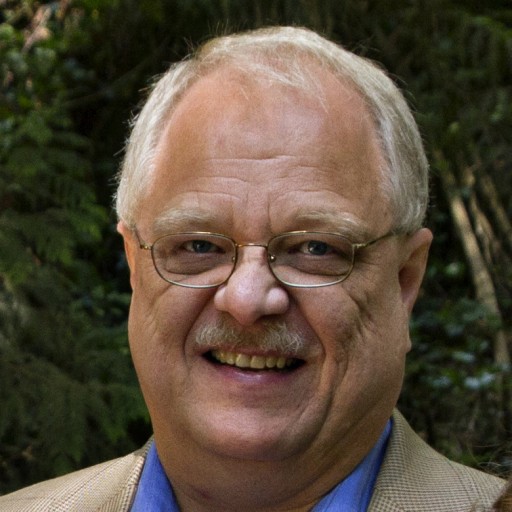Retirement Housing for Parsonage Dwellers
 Until I went to college, I only knew life in a parsonage. Early in my father’s ministry, the congregation rented a house for $10 per month. I heard that story often. His other pastorates included a parsonage. As a carpenter, Dad usually left the parsonage better than he found it.
Until I went to college, I only knew life in a parsonage. Early in my father’s ministry, the congregation rented a house for $10 per month. I heard that story often. His other pastorates included a parsonage. As a carpenter, Dad usually left the parsonage better than he found it.
A parsonage provides several advantages.
- A small town may have few houses for sale when a pastor wants to buy; or few buyers when he or she wants to sell.
- A parsonage increases the nimbleness of a pastor when moving.
- A parsonage may be of greater value than a home a pastor could afford. As a young associate pastor, my family lived in a parsonage with more square footage than our next two homes combined. The congregation provided the parsonage; we rented what we could afford the next two moves.
I know from experience the disadvantages of parsonage living, too.
- In one parsonage, the fellowship hall was in the basement. If the outside door was locked, people traipsed through our living space.
- A dual role exists when the congregation is the landlord. With one congregation, we were a three-bedroom family in a two-bedroom house, so I slept on the enclosed back porch. My father left that congregation, in part, because of conflict with the “landlord” of substandard housing.
- A parsonage dweller foregoes the increasing equity in a home. Financial planners consider home equity a primary foundation stone for a stable financial future.
To compensate for the lack of equity, parsonage-housed pastors have used several alternatives to increase funds available for retirement housing. One option includes working past the typical retirement age to increase funds available in retirement. Other pastors (and missionaries) purchase homes they rent out while serving in other locations. This could be a vacation home converted to the primary residence in retirement.
Retirement Housing Contributions
However, the most viable option for retirement housing available to parsonage dwellers might be making contributions for retirement housing in addition to other retirement planning. Congregations that provide a parsonage could also make contributions as part of providing future housing for their pastors. Just as home equity takes years to grow, monies for retirement housing will take time to build. Start this process as soon as possible.
For ministers in the Church of the Nazarene who do not have homeowner’s equity, financial preparation for retirement housing is best achieved through the Nazarene Retirement Savings Plan [403(b)]. Contributions to this account are free of both income and self-employment taxes. Both deposits for retirement and extra contributions for retirement housing are made to one account. Payments received from this account in retirement are classified as housing allowance and not subject to income tax if used for qualified housing expenses. In retirement, withdrawals could include a lump sum to purchase a house, and/or monthly payments used for housing expenses.
My wife, Judi, and I have been homeowners for 22 years. We currently live in the third house we have owned, rolling the equity of one house into the next. I just calculated the equity we have built up (market value minus mortgage balance). Suppose, instead, that we lived in a parsonage the past 22 years and the congregation made retirement housing contributions into my Nazarene Retirement Savings Plan account. A monthly payment of $167 (with an 8 percent average annual return) would equal the home equity we have after 22 years. A monthly payment of $142 would equal the home equity I’m projecting we’ll have when I reach age 66.
I’m uncertain if we are a typical family as far as home equity goes. The point of these calculations, however, is that a viable alternative exists in building retirement housing funds.
A couple of years before retiring from pastoral ministry, my father coordinated the demolition of the district campground. Dad purchased what was known as Cedar Lodge and salvaged the building materials. With that used lumber and a $25,000 loan, Dad built a house in which he and my mother lived for over 20 years. Dad often said that having his own home in retirement probably saved them financially. I think he’s correct with that assessment.
The good news is that even if you don’t have a pile of used lumber and the know-how to build a house, you can be ready for retirement—even after a lifetime of parsonage living.

